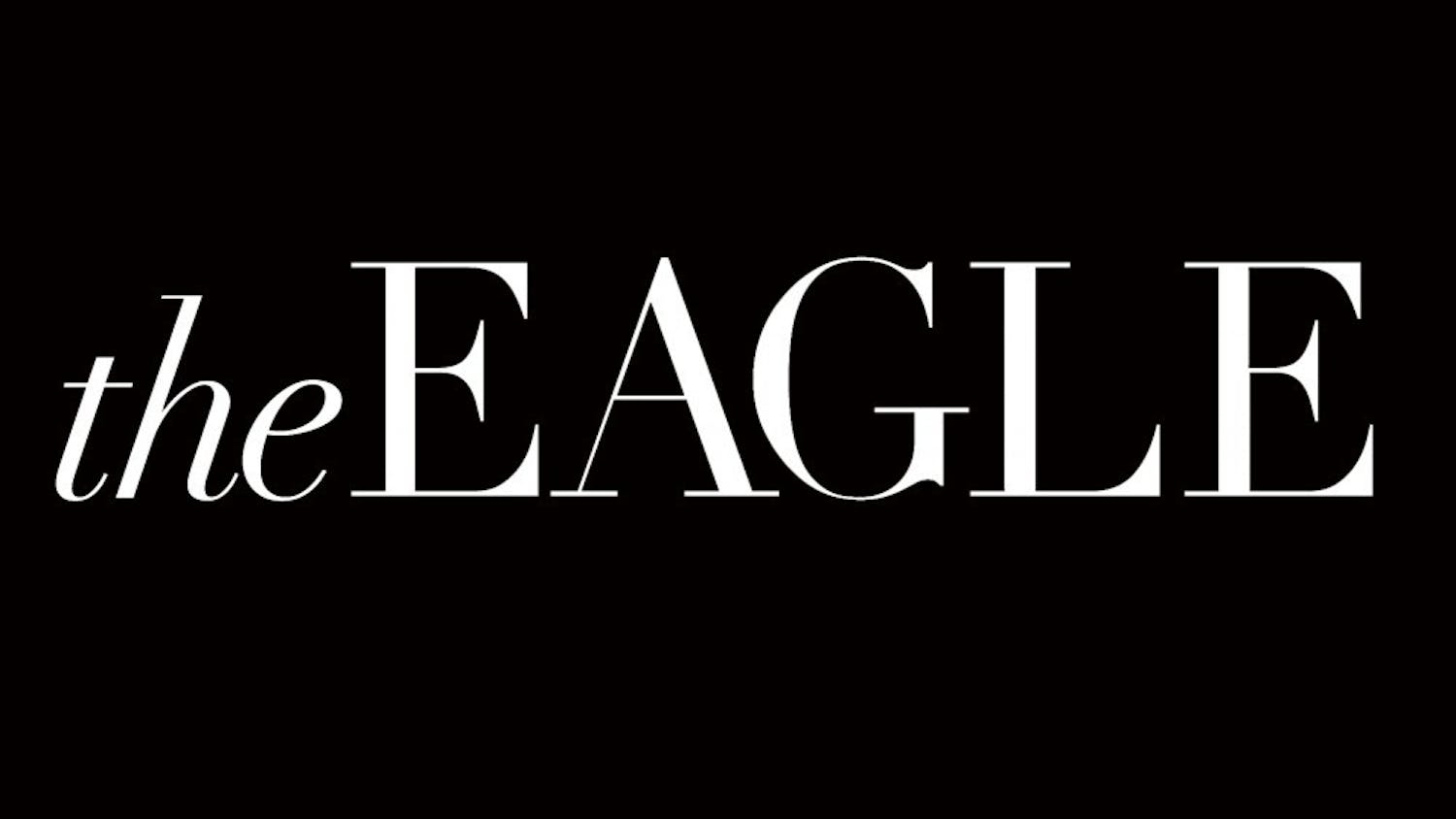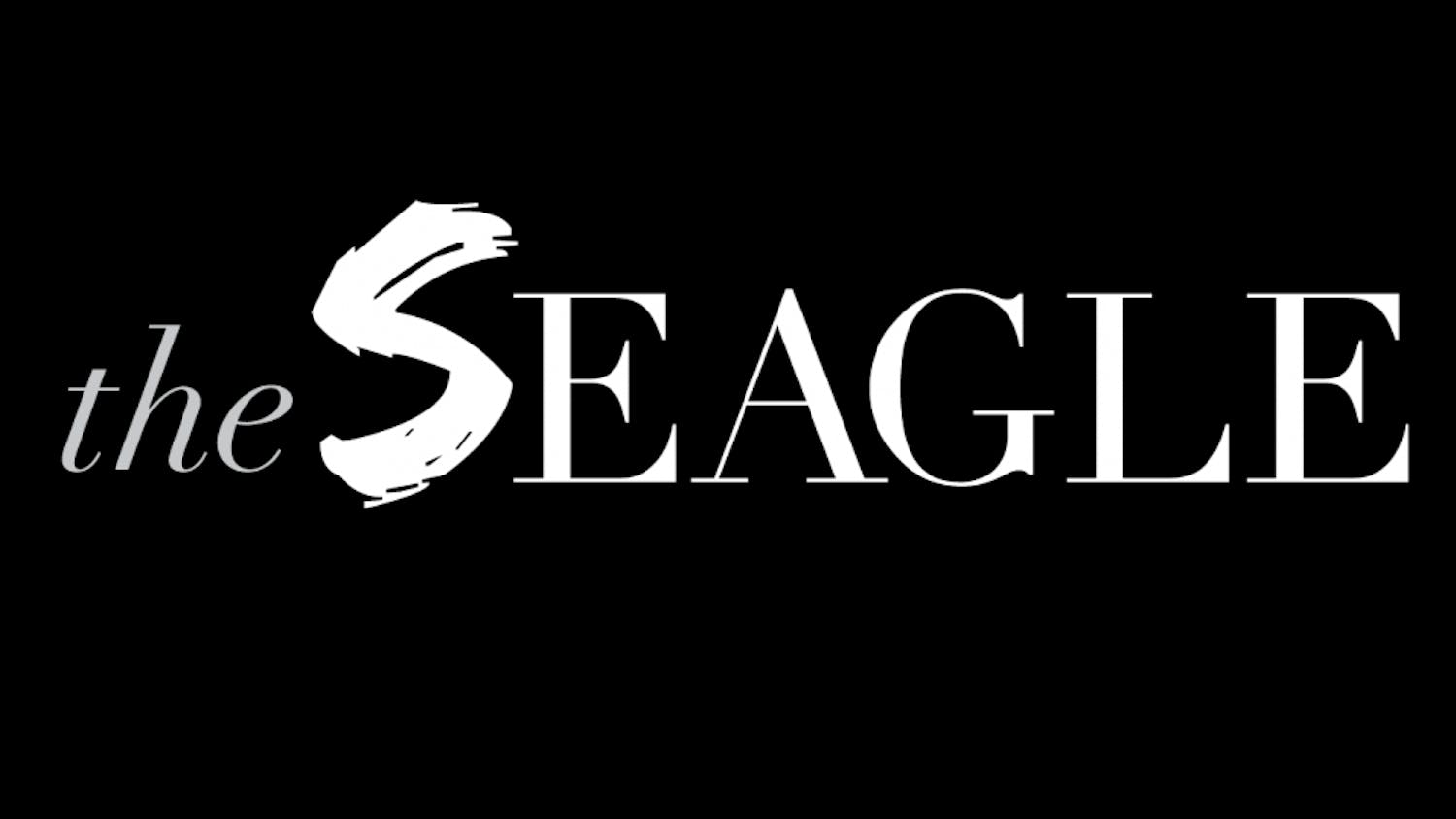Saturday night, about 9 or 10 p.m., I stood next to my father in Bender Arena, listening to a now fossilized icon of a culture and social climate that we can now only understand with archeological accuracy. "Oh, where have you been, my blue-eyed son? Oh, where have you been, my darling young one?" As Bob Dylan wrestled these tired words from his aging throat, I remember thinking, "My thoughts exactly." To the surprise of no one, Dylan did little talking Saturday night. He avoided songs like "Masters of War," "With God on Our Side," and other indictments of irresponsible governance. Sure, we heard that "The Times, They are a-Changin," but in the words of Dar Williams, "I guess they a-changed back."
According to CNN, as of April 2 there have been 704 coalition deaths in Iraq. If you add to that total the seven U.S. troops who were killed Sunday, the total U.S. casualty count is 604. This does not include the "civilian contractor" forces, who were tragically introduced to the American public last Wednesday in Fallujah. The Vietnam War protest movement, the movement that inspired artists like Bob Dylan and Joan Baez to publicly renounce war and violence, was awakened in part by the reaction of U.S. citizens when viewing the bodies of troops arriving from Southeast Asia. The role of the media in the Vietnam War was to bring a distant, questionably justified and unknown war home. One would like to think that this response and role of the media might influence the government to adopt a more domestically aware foreign policy, recognizing the importance of an informed democracy. Unfortunately, as evidenced by the reporting of the war in Iraq, the only lesson the military seemed to learn was that if you want a war done right, you must restrain the media. Occasionally, this could be for good reason; the media coverage of the killings in Fallujah on Wednesday employed a typical tactic of re-hash and parallel, with the primary reporting in nearly every news source suggesting a "Repeat of 1993." The 1993 incident in Somalia the media so automatically refers to was one of the most tragic images to appear under the "peacetime" leadership of Bill Clinton, and the public reaction to the event caused the withdrawal of U.S. forces in Somalia. The administration vehemently denies this possibility, yet with the lack of public awareness regarding the war in Iraq, it is no surprise that these images evoke the same public shock as those published in 1993.
It was only a matter of time before the images from Fallujah were restricted in the media, with newspaper pictures blurred, photos of burning bodies and hanging corpses altogether vanishing from my best Google efforts. Understandably, the media may have self-regulated this one, as many Americans may prefer not to see a burning corpse in their Sunday edition. This consumer bias, however, may have more effects than simply allowing Americans to keep their donuts down in the morning. As we enter the panic phase of tax season, it seems to be entirely sensible to me that the mundane regimen of graphs and charts (or in the case of the 2004 budget proposal, full color photos of the president) explaining federal spending be interrupted by a real image of how our tax dollars are being spent. In a time where justifications for the war in Iraq are as difficult to find as the weapons of mass destruction, it may help jog the memory of the American taxpayer (and voter) as to exactly what the war in Iraq really is.
While the severe images and escalating conflict in Iraq are the publicly perceived issues raised by the Fallujah incident, a possibly more significant issue is the "civilian" casualties that occurred there. As it turns out, 10 percent of the fighting force in Iraq is made up of civilian-contracted mercenaries. This does not include the civilian elements being used to feed troops, maintain infrastructure or begin the rebuilding process. This particular brand of highly paid civilian is concerned only with providing security for officials and the U.S. Army. So, if the strongest, most advanced army in the world needs private "security," who is protecting these "civilians?" Made up of ex-military soldiers of fortune, this civilian force doesn't have to worry about pesky wartime obstacles like, oh, the Geneva Convention. Also, the U.S. government doesn't have to worry about veterans' benefits like health care, education and other perks of serving your country through military duty. This, to me, is a frightening indicator of things to come. What is there to stop the United States from using this civilian "A-team" from doing the things that American soldiers can't, won't or are constitutionally restricted from doing?
It is important to note, at this point, that I fully support the U.S. troops. As the grandson of a decorated colonel and Green Beret, I truly pray that these citizens who serve in the highest capacity return safely and leave Iraq in a stable, peaceful condition. My only fear is, as the footage of incoming pine boxes is no longer available, and "The Apprentice" is given a higher volume priority in USA Today than the status of the War in Iraq, the foundations of democracy are threatened. Though Bob Dylan may be too old, or too highly paid to come out again against the things that once monopolized his poetry, I am hopeful that through the efforts of this generation, the choruses and verses he ignited will not soon be silenced.
Kevin Sheneberger is a junior in the School of Public Affairs. He is also vice president of the AU College Democrats. E-mail: vp@audems.org.




